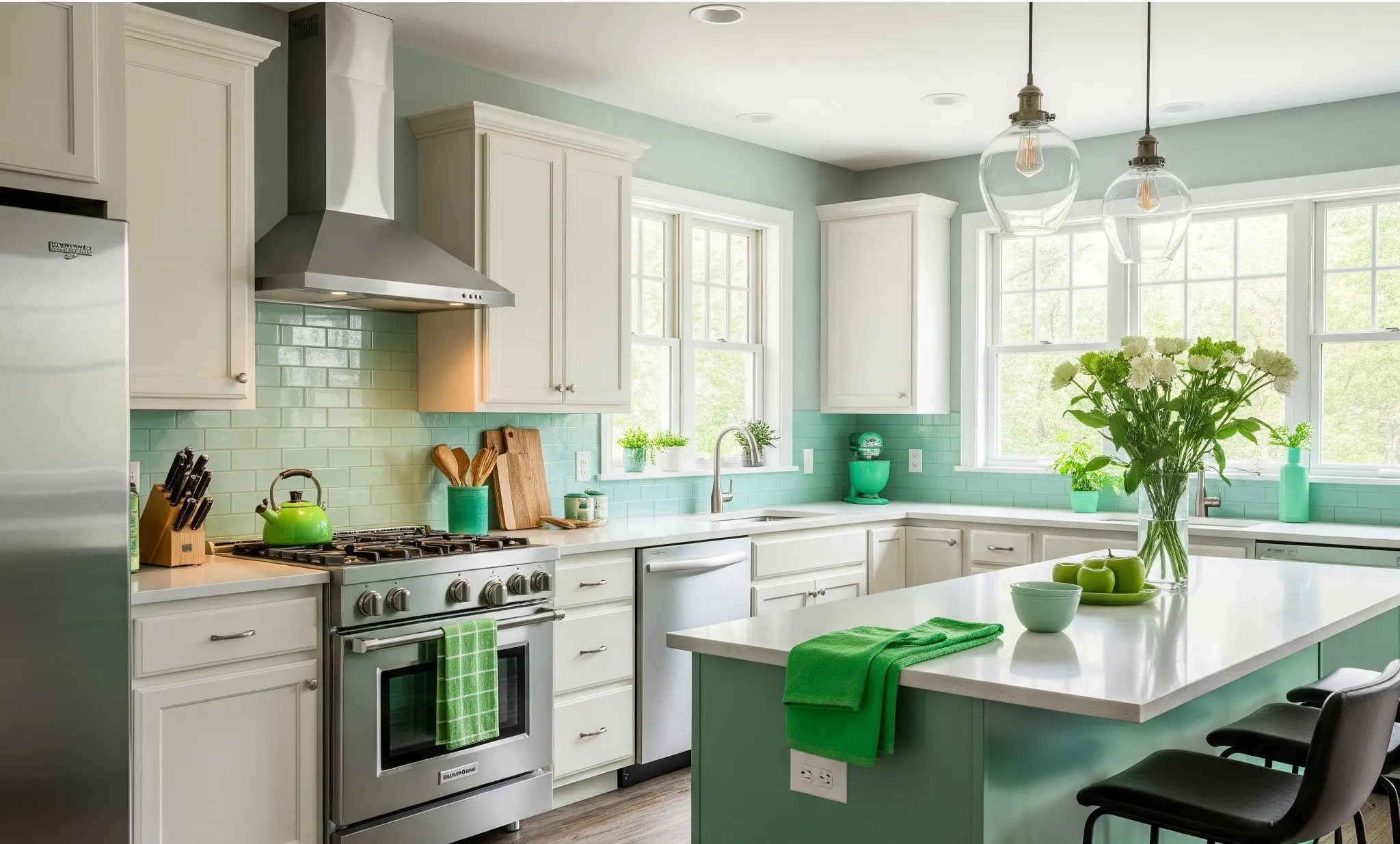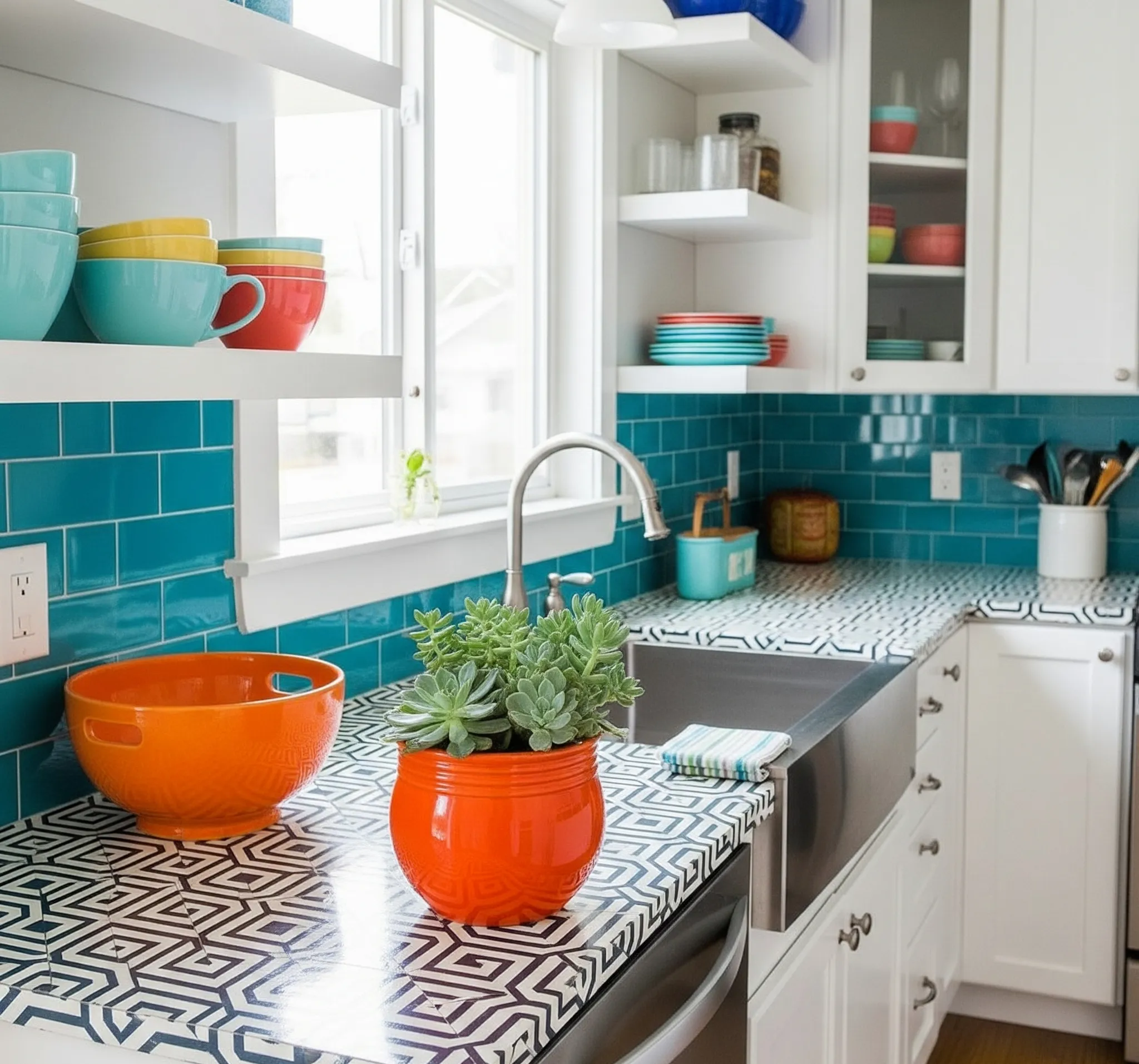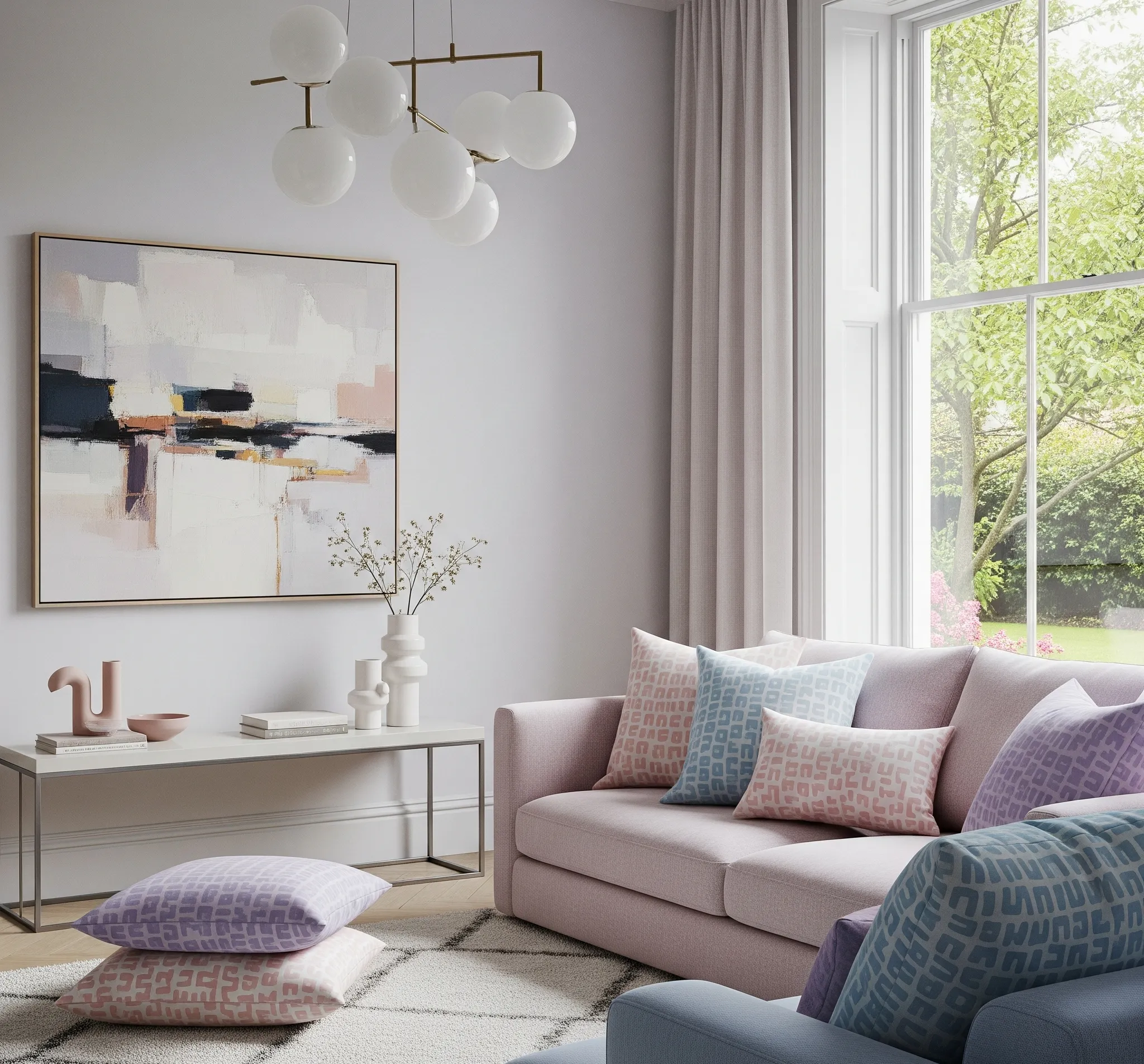Ever walked into a room and felt like you were wrapped in a warm, inviting hug? Or maybe transported to a chic, modern gallery? That’s the magic of color drenching, my friend. For years, I preached the gospel of accent walls and contrasting trim. Then I saw a perfectly drenched room in a deep, moody green, and my mind was blown. It was bold, sophisticated, and utterly captivating. Since then, I’ve been experimenting with this technique in my own home and for clients, and trust me, it’s a total game-changer. I’m now a full-blown color drenching devotee, and I’m here to tell you why you should be too!
What in the World is Color Drenching, Anyway?
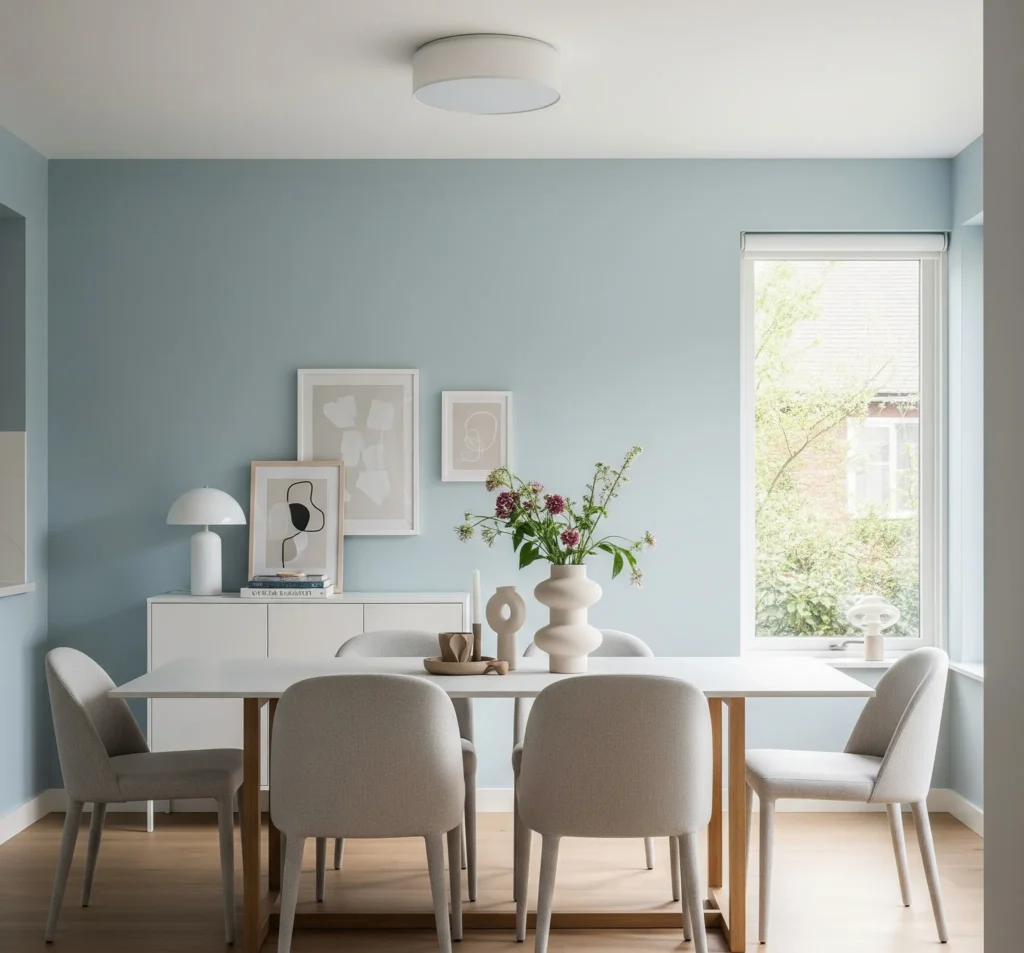
So, you’re probably thinking, “Color drenching? Is that just a fancy way of saying painting everything the same color?” Well, yes and no. It’s definitely about saturating a space in a single hue, but it goes way beyond just the walls. We’re talking walls, ceiling, trim, doors, and sometimes even furniture or textiles – all in the same glorious shade. It creates a seamless, enveloping effect that traditional painting methods just can’t achieve. Think of it as painting a room not just as a backdrop, but as a complete, cohesive experience. It’s like wrapping your room in a perfectly coordinated outfit, head to toe.
Why Drench? The Undeniable Benefits
Beyond just looking cool, color drenching offers some surprising perks for your home and your mood.
Creating Cohesion and Flow
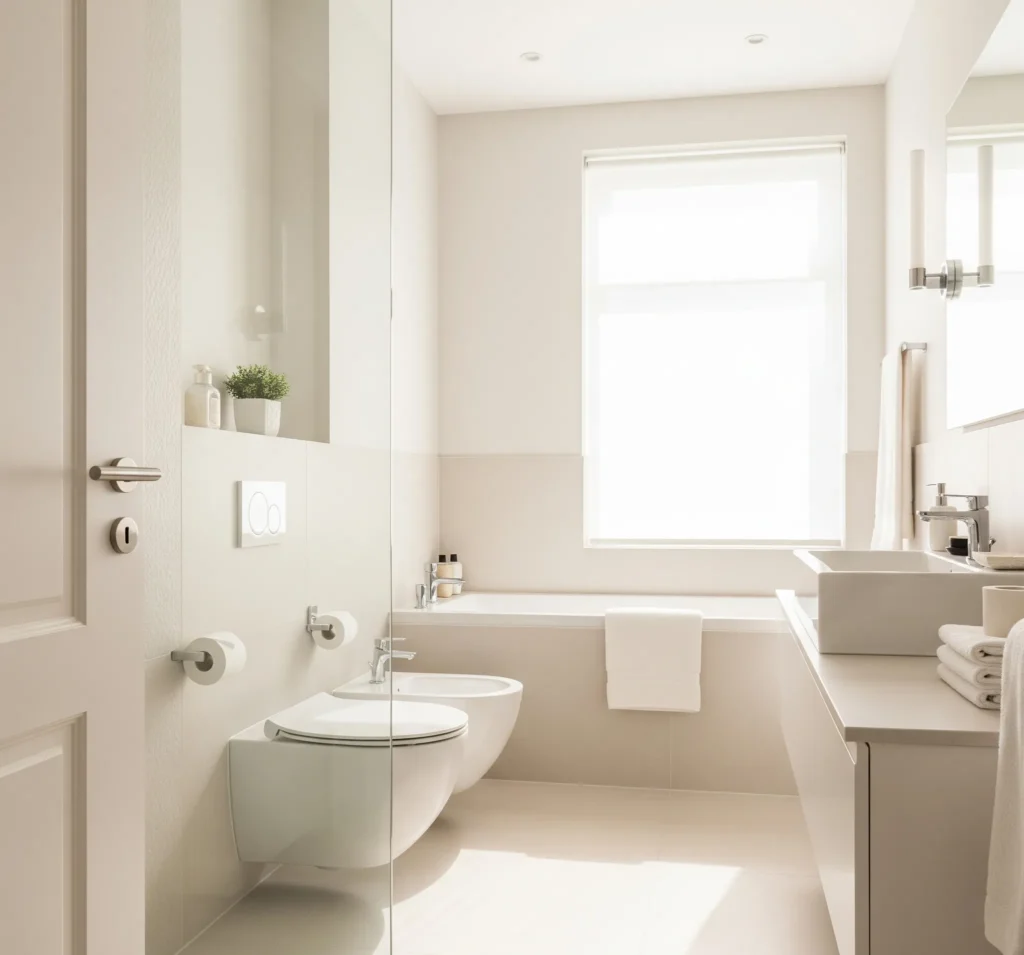
When everything melts into one, your eye glides effortlessly around the room. This lack of visual breaks makes the space feel larger and more intentional.
- Seamless Transitions: The absence of contrasting lines (like a white ceiling against a colored wall) makes the room feel boundless. It removes those abrupt stops for your eyes.
- Visual Continuity: It creates a cohesive backdrop, allowing your furniture and decor to truly pop. Instead of battling with different colors, everything harmonizes.
- Architectural Enhancement: Drenching actually highlights architectural features, like crown molding or built-in shelves, by making them part of the overall color scheme instead of stark contrasts.
Evoking Specific Moods
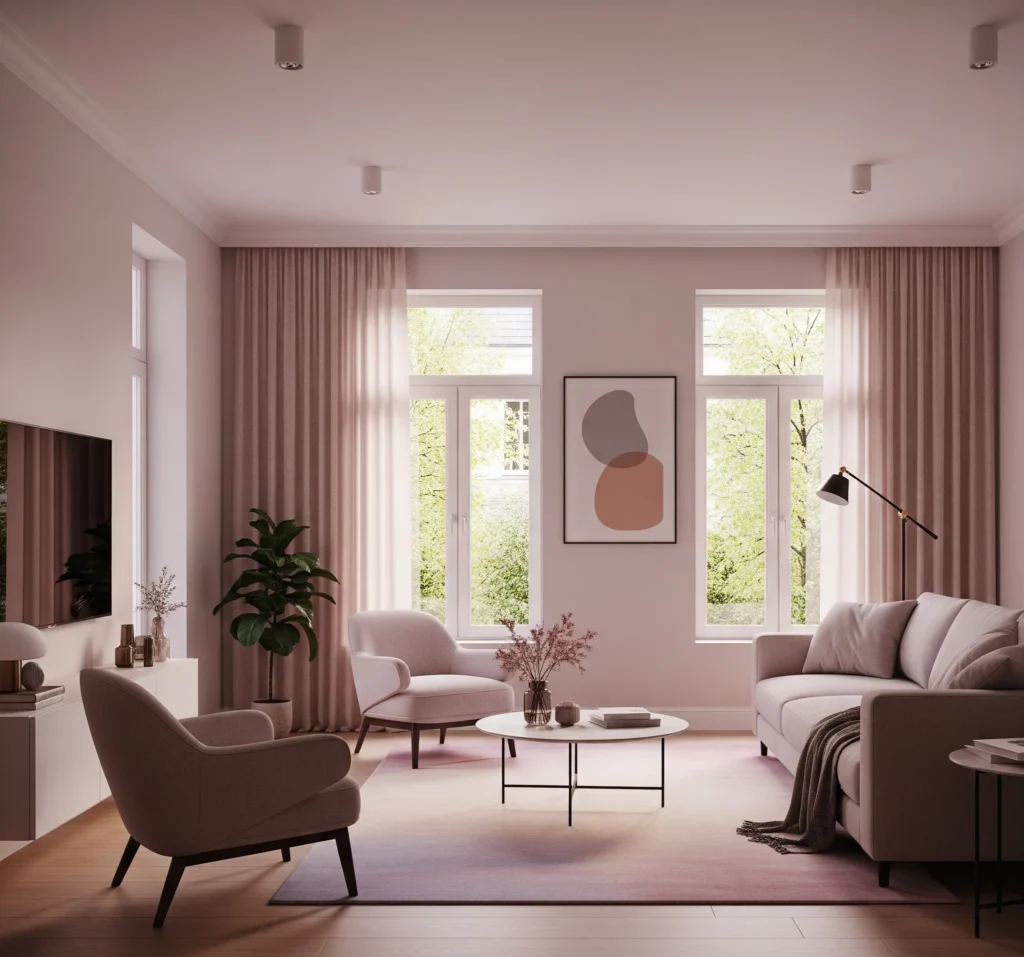
Colors have power, and when you saturate a room, that power amplifies.
- Cozy and Intimate: Darker, richer hues like deep blues, forest greens, or charcoal grays can make a large room feel incredibly cozy and intimate. It’s like a warm hug for your senses. I drenched my reading nook in a deep navy, and now it feels like a personal cocoon.
- Calm and Serene: Softer, muted tones like dusty rose, sage green, or sky blue create a serene and tranquil atmosphere, perfect for bedrooms or meditation spaces.
- Energetic and Playful: Brighter, more saturated colors can inject a serious dose of energy. Think a vibrant coral in a creative studio or a sunny yellow in a breakfast nook. It’s like a jolt of caffeine for your decor!
Highlighting Art and Furniture
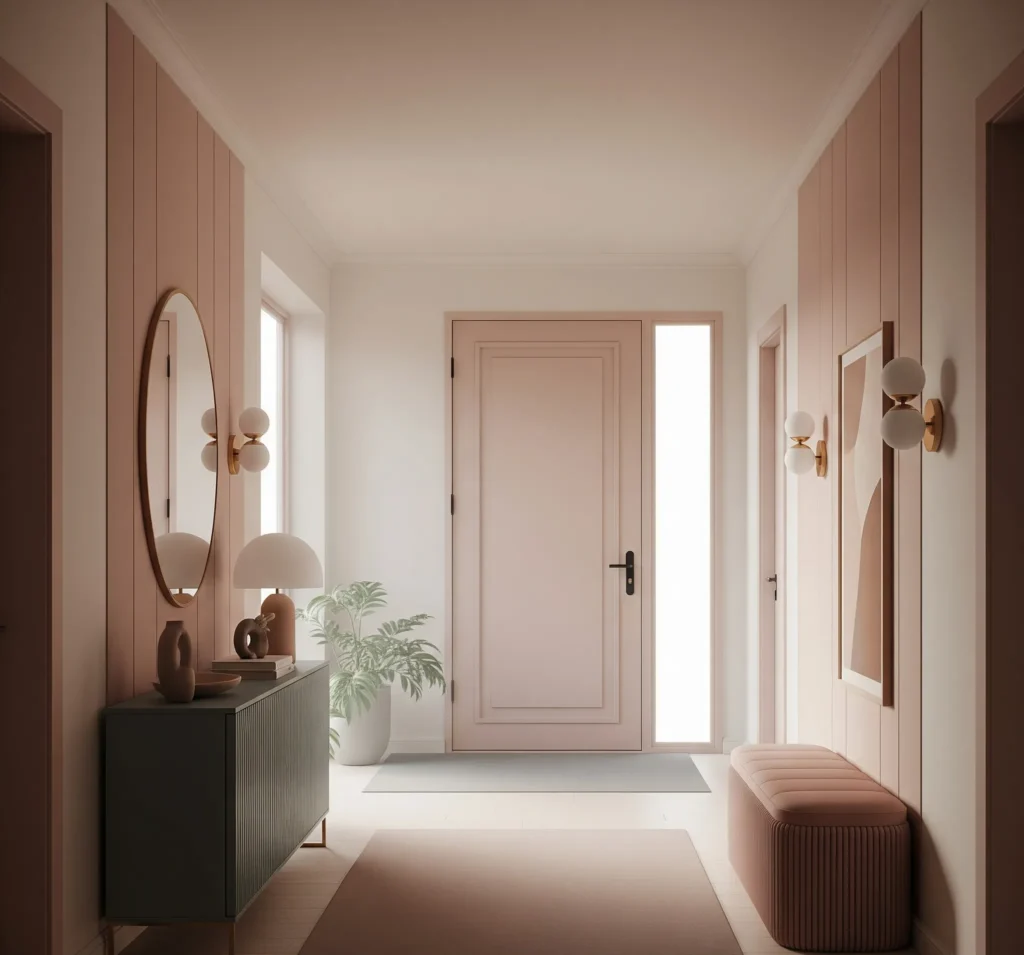
When the background fades, your prized possessions take center stage.
- Museum-Like Effect: A monochromatic backdrop allows art, textiles, and furniture to truly stand out. It creates a gallery-like effect where each piece is emphasized.
- Texture Takes the Lead: With color as a unifying element, different textures—velvet, linen, wood, metal—become more noticeable and add rich dimension to the room.
- Curated Showcase: You essentially create a curated environment where everything you choose to put in the room is intentionally highlighted. It’s like giving your favorite things their own spotlight.
Pro Tip: Drenching a room in a strong color doesn’t mean you can’t have other colors! Use accent pieces in complementary or contrasting colors to add layers and visual interest without breaking the immersive feel.
The How-To: Drenching Done Right
Ready to take the plunge? Here’s how to approach color drenching without making your home feel like a crayon box exploded.
Choosing Your Hue: It’s a Commitment!
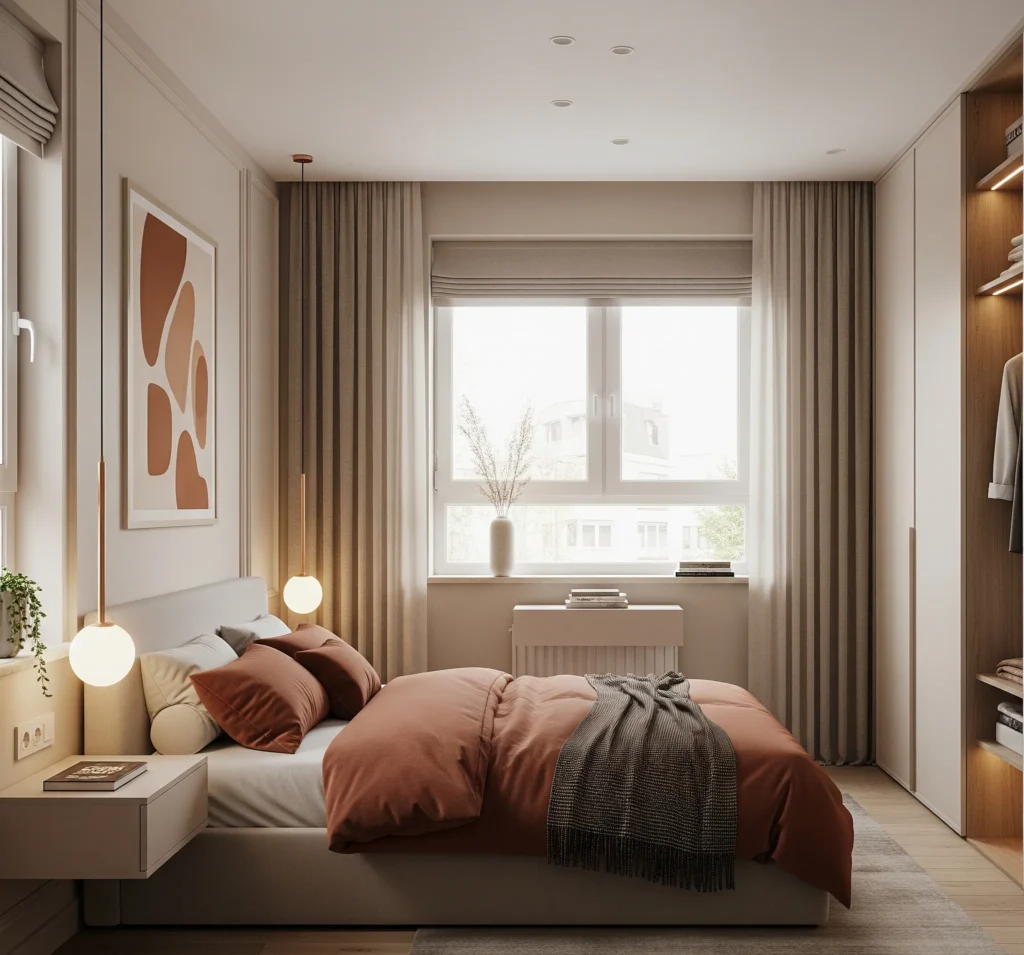
This is probably the most crucial step. Since you’re going all-in, you want to pick a color you truly love and can live with.
- Consider the Room’s Function: Is it a bedroom for relaxation, a lively living room, or a focused office? The room’s purpose should guide your color choice.
- Natural Light Matters: Test swatches on all walls, during different times of day. A color can look wildly different in bright morning light versus dim evening light. What looks amazing in a south-facing room might feel completely different in a north-facing one. This is where I’ve made my biggest mistakes, FYI.
- Look to Your Existing Furnishings: Think about the colors already present in your larger furniture pieces or artwork. You can pick a color that pulls from an undertone in your sofa fabric or complements a dominant color in a rug.
- Embrace the Unexpected: Don’t be afraid to go bold. Sometimes the most striking results come from colors you might initially shy away from, like a deep eggplant or a rich olive.
The “All In” Application: Don’t Stop at the Walls!
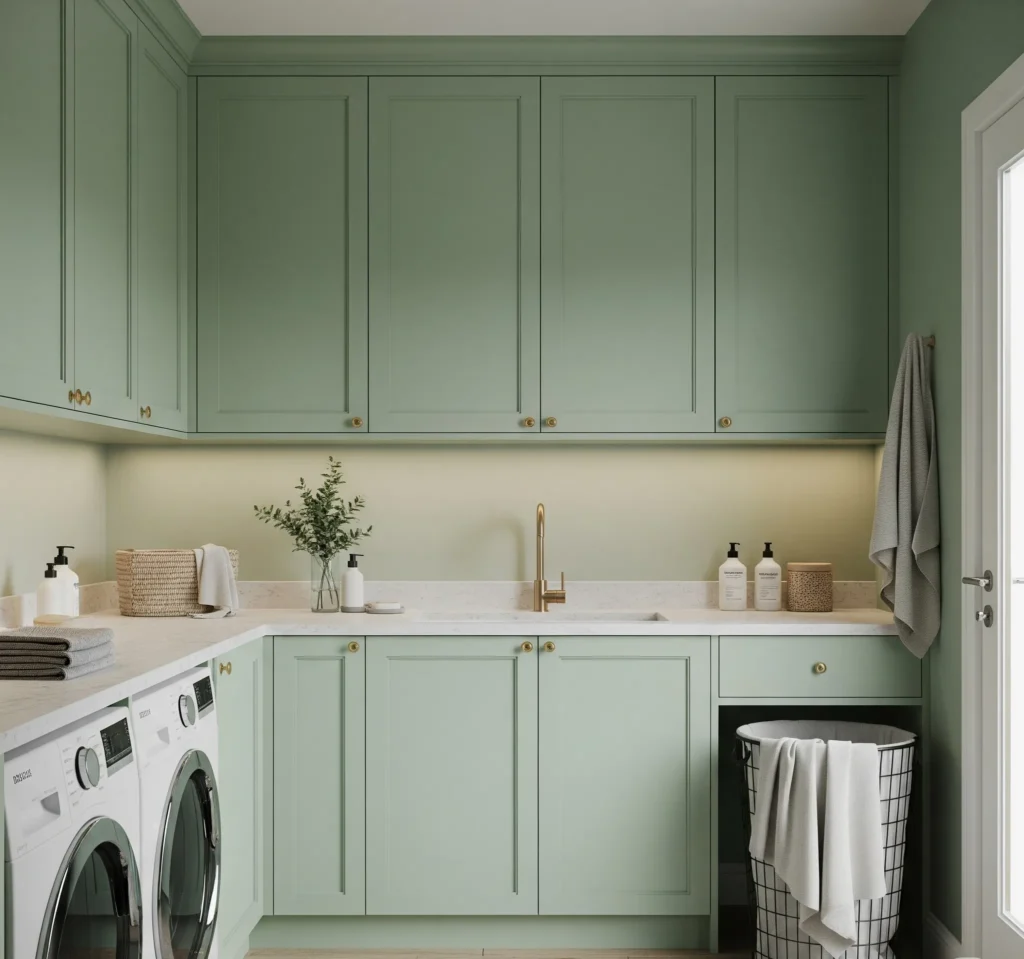
This is where the drenching really happens. No half-measures allowed!
- Walls, Walls, Walls: This is the obvious starting point. Apply at least two coats for full saturation and even coverage.
- Ceiling, Too: Yes, paint the ceiling the same color! This is what truly creates the enveloping, immersive feel. It blurs the lines between walls and ceiling, making the room feel taller and more expansive. I know, it feels counter-intuitive, but trust me on this one.
- Trim and Doors: Paint all your trim (baseboards, door frames, window frames) and doors in the same color and finish as your walls. This eliminates visual breaks and reinforces the seamless look. It’s truly amazing how this small detail makes a massive difference.
- Radiators and Built-Ins: Don’t forget these! Painting them the same color helps them blend into the background, making them disappear into the overall scheme. This is particularly useful for unsightly radiators.
Finishing Touches: Texture and Tone
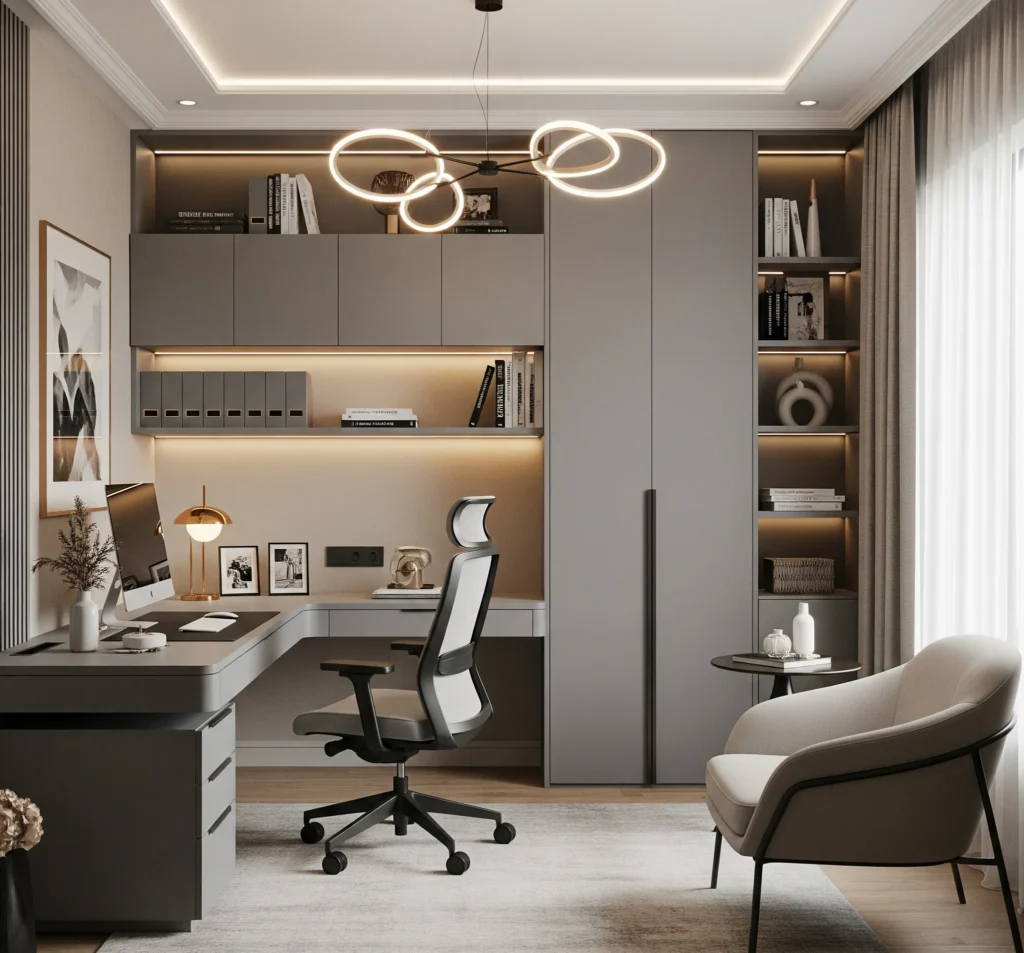
While the color is consistent, varying textures and tones within that color are key to preventing the room from feeling flat.
- Varying Sheens: You can use different paint finishes (e.g., matte on walls, a subtle satin on trim) in the same color to add subtle depth and dimension. The light will hit them differently.
- Textural Elements: Introduce textiles like throws, pillows, rugs, and curtains in similar shades but different textures. Think velvet, linen, wool, or boucle. These layers prevent the monochromatic scheme from feeling boring.
- Subtle Tonal Shifts: While the main color is consistent, you can incorporate decor items that are a shade or two lighter or darker than the main color. This creates depth without introducing entirely new colors.
- Metallic Accents: Gold, brass, silver, or matte black accents can add a sophisticated sparkle and break up the single color without detracting from the drenching effect. Think lamp bases, picture frames, or decorative objects.
Pro Tip: Buy good quality paint. Seriously. It makes a huge difference in coverage, finish, and how long your beautiful new color will last without needing touch-ups. It’s an investment worth making.
When Color Drenching Might Not Be Your Jam
While I’m a huge fan, color drenching isn’t for everyone or every space. Knowing when to hold ’em and when to fold ’em is key.
Small, Dark Rooms: Proceed with Caution (or a Plan!)
While drenching can make a small room feel larger by blurring boundaries, dark colors in a room with minimal natural light can make it feel like a cave.
- Consider Light Colors: If your room is inherently dark, consider drenching it in a pale, warm color. A light peach or buttery cream can still create an immersive feel without feeling oppressive.
- Amplify Artificial Light: If you insist on a dark drench in a dim room (and I applaud your bravery!), you’ll need to seriously amp up your lighting. Think multiple light sources, including lamps, sconces, and maybe even smart bulbs that can adjust brightness.
- Reflective Surfaces: Incorporate plenty of mirrors, glass, and metallic accents to bounce light around and prevent the room from feeling like a black hole.
Commitment-Phobes: Start Small!
If the idea of painting everything one color sends shivers down your spine, that’s perfectly okay.
- Powder Rooms & Entryways: These small, contained spaces are perfect for a first-time drenching experiment. They’re less of a commitment, and you can go bolder with color.
- Accent Nooks: Drenching a small alcove, a built-in bookshelf, or just one wall and its adjacent trim can give you a taste of the effect without overhauling an entire room.
- Removable Wallpaper: For super commitment-phobic folks, explore peel-and-stick wallpapers in a solid color or a very subtle tone-on-tone pattern. You get the visual effect without the paint can trauma.
Too Many Architectural Features: Sometimes Less is More
If your room has a ton of intricate crown molding, wainscoting, or other detailed architectural elements, sometimes contrasting trim actually highlights those features better.
- Assess the Detail: If the architectural details are truly stunning and you want them to pop, contrasting them might be the better choice. Drenching them can make them disappear.
- Consider the Scale: In some very ornate spaces, a full drench can feel overwhelming or flatten out the intricate details.
- Test it Out: Paint a small section of a wall, trim, and ceiling in your chosen color to see how it plays with the existing architectural features before committing to the whole shebang.
Pro Tip: Don’t feel pressured to drench every room. Some rooms just lend themselves better to it, and mixing it up keeps your home interesting! IMO, a well-drenched room next to a brightly contrasting one can be a real moment.
Beyond Paint: Extending the Drenched Look
Color drenching isn’t just about paint. You can carry the monochromatic magic into other elements of your room for an even more profound effect.
Furniture Fades: Blending Your Pieces In
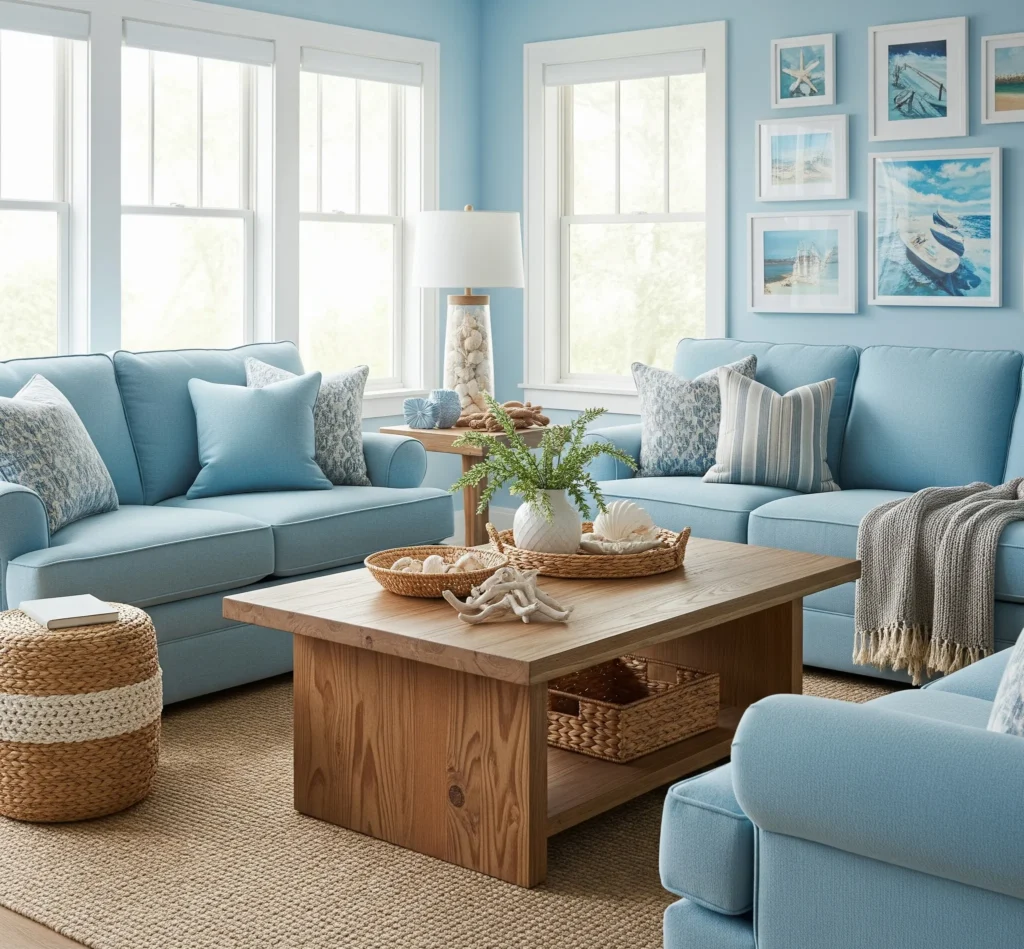
Imagine your sofa or a cabinet practically disappearing into the wall. It’s a trick that designers love.
- Upholstery in Matching Hues: If you’re buying new furniture, consider a sofa, armchair, or even dining chairs in a fabric color that closely matches your chosen wall color. This creates a really high-end, custom look.
- Painted Furniture: Have an old dresser or bookshelf? Give it a fresh coat of paint in the exact same color as your walls. It will instantly look built-in and intentional. This is a budget-friendly way to get that custom feel.
- Built-In Harmony: If you have built-in shelving or cabinetry, painting them the same color as the walls is a must for a truly drenched effect. They become part of the architecture rather than separate entities.
Textile Immersion: Layering the Same Tone
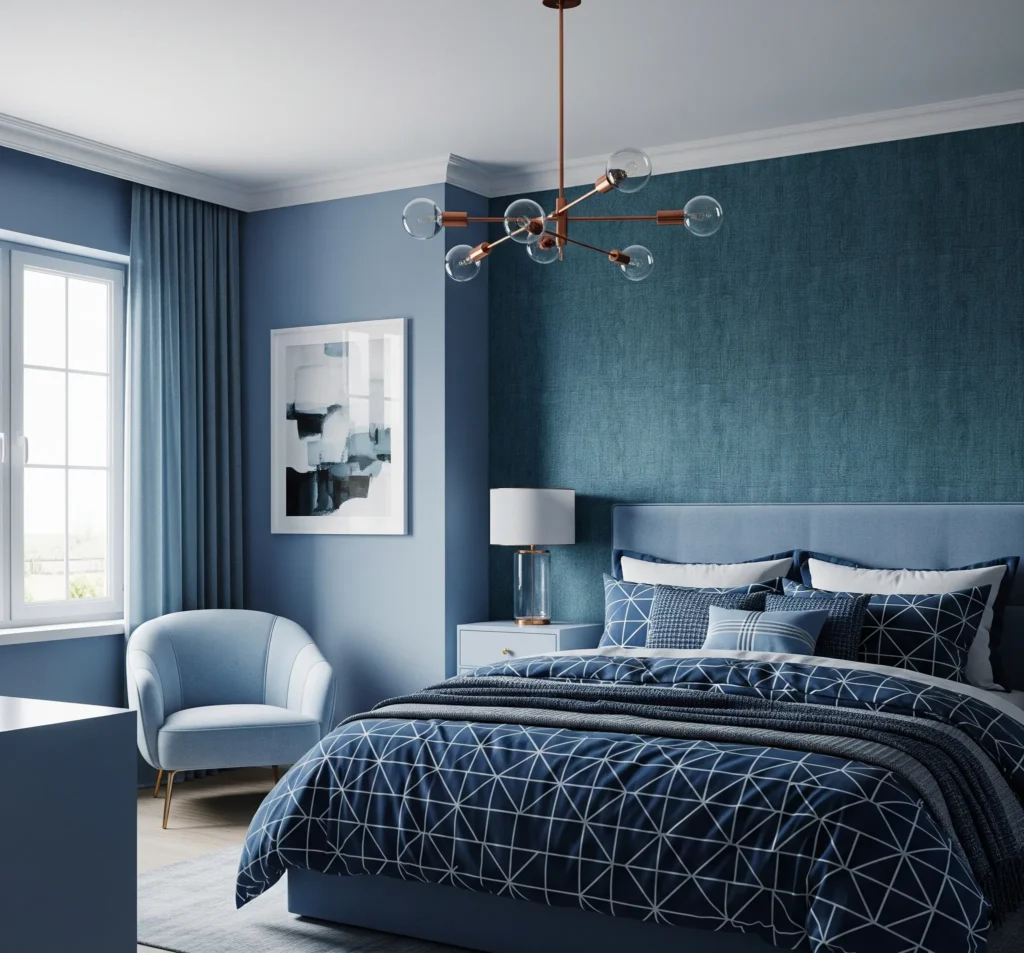
This is where the subtle differences in texture truly shine.
- Curtains That Disappear: Hang floor-to-ceiling curtains in a fabric that matches your wall color. When drawn, they become an extension of the wall, creating a seamless, cozy envelope. When open, they blend in perfectly.
- Rugs as Foundations: A large area rug in a similar tone to your walls can anchor the space and add another layer of monochromatic richness.
- Pillows and Throws: Layer cushions and throws on your sofa or bed in varying shades and textures of your chosen color family. This adds depth and softness without breaking the visual flow.
Accessorizing Smartly: The Pop and the Blend
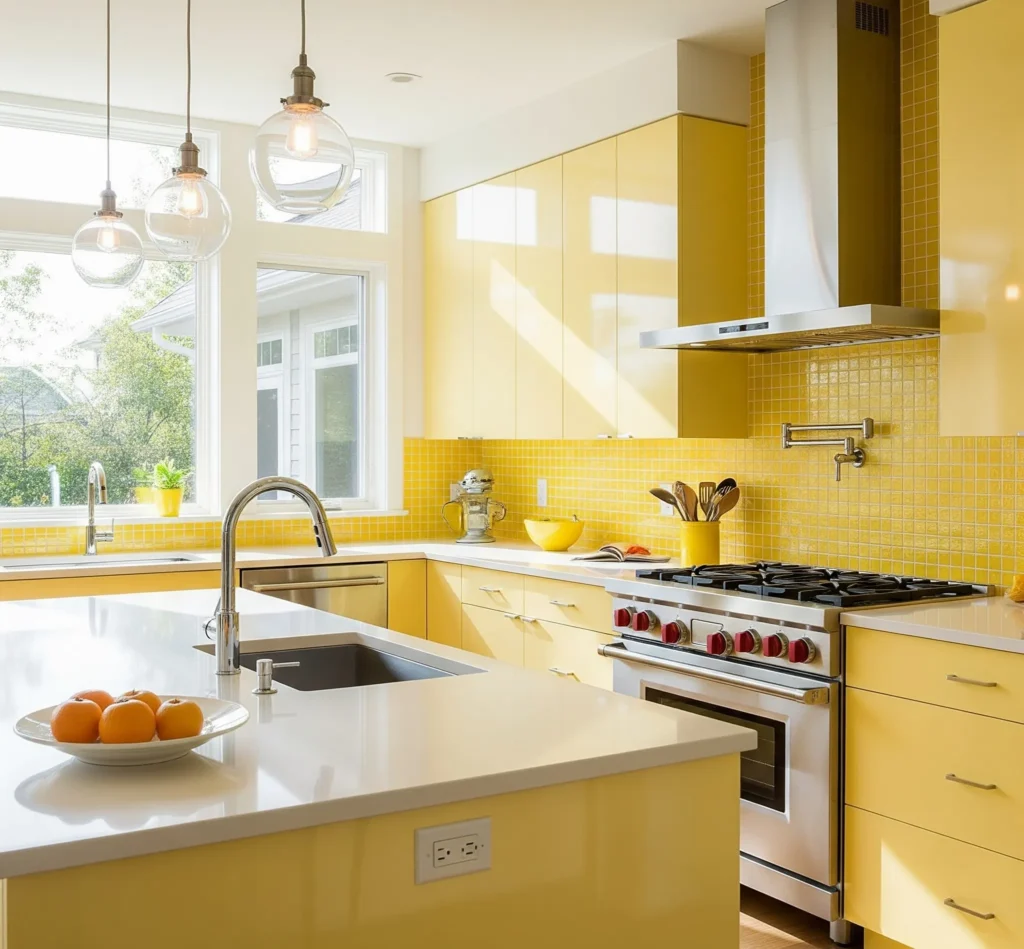
Your accessories are your chance to either continue the drench or provide a deliberate pop.
- Tonal Accessories: Stick to accessories in varying shades of your main color for a super sophisticated and minimalist approach. Think different shades of green vases or blue ceramic bowls.
- Contrasting Pops: Alternatively, introduce small, intentional pops of a contrasting color. A vibrant yellow vase in a blue room, or a bold red throw in a green space. This adds a focal point and keeps things from feeling too flat. But remember, a “pop” means one or two things, not an entire rainbow.
- Mirrors and Glass: These are always your friends in a drenched room. They reflect light and prevent the space from feeling too enclosed. They also add a different texture that breaks up the continuous color.
Pro Tip: When selecting decor, think about negative space. Don’t overcrowd your beautifully drenched walls with too many tiny items. Let the color breathe, and allow select pieces to truly shine.
Final Thoughts: Embrace the Boldness!
Color drenching isn’t just a trend; it’s a powerful design technique that creates truly immersive, memorable spaces. It invites you to be brave with color, to embrace a singular vision, and to experience your home in a completely new way. Whether you go for a moody jewel tone, a serene pastel, or a vibrant burst of energy, the enveloping effect of a drenched room is simply unparalleled.
So, are you ready to paint your world? Don’t let fear hold you back. Start with a small space, test out a hue that speaks to you, and watch how your room transforms into a beautifully cohesive sanctuary. You might just find yourself addicted to the drench, just like I did! It’s worth it, I promise. Now go grab those paint swatches! 🙂
